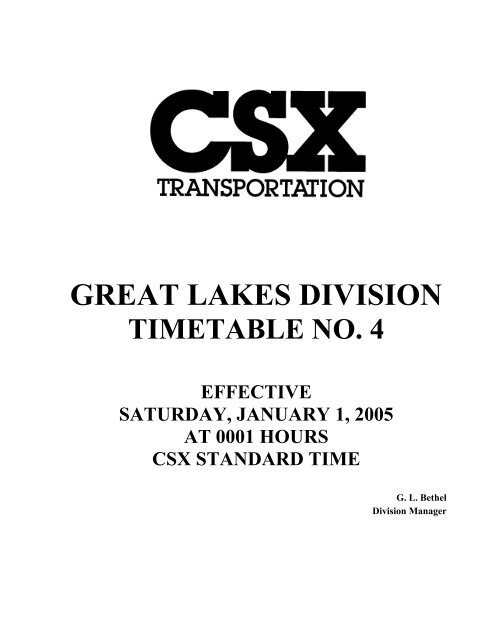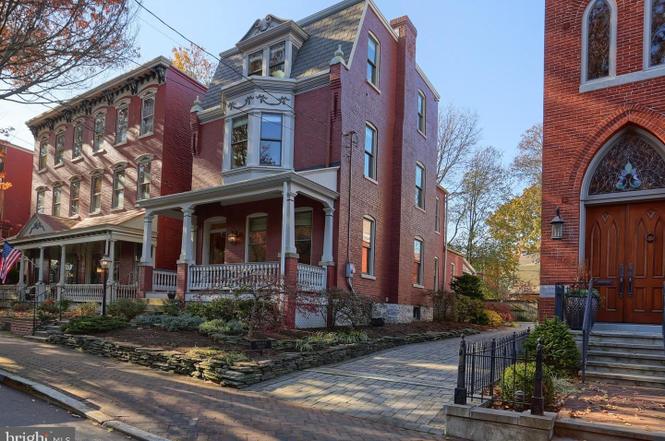
The Erie, who owned the line as far south as Carbondale, had no connection with the PRR on the southern end, as did the D&H. Bituminous coal production, however, in the rest of the eastern U.S.

A Change in Ownership:Īnthracite coal production in Pennsylvania hit its peak in the late 1920’s, but large quantities of coal were still being mined in the Lackawanna and Wyoming Valleys of PA from the ’30’s well into the 50’s and beyond. The entire line saw passenger service from the D&H until 1928, and the Erie until 1931. D&H passenger service, known as the “Miner’s Local” continued on the southern end of the line from Scranton to Carbondale and return, until January of 1952. This tail-end helper was known as the “Forest City Kicker”.ĭay in and day out the D&H and Erie operated trains up and down this line until its abandonment in the early 1980’s. North was the BIG push, with a 4-6-6-4 on the head head, and one, two, or three more 4-6-6-4’s on the rear, and one additional locomotive tagged onto the back of the caboose, that ran with the train from the yard at Carbondale, and dropped off at Forest City. On D&H trains, a southbounder would rate a 4-6-6-4 Challenger on the front, and another one on the rear, sometimes supplemented with an 0-8-8-0, or one of their giant 2-8-0’s. Northbound was a different story, especially with all cars loaded. Typical power would be a 2-10-2 on the point, with one, two or even three massive S-Class 2-8-4 Berkshires pushing, and sometimes a fourth loco in the form of an extra 2-10-2. The reason for this (per the D&H Employee Timetable) was the weight restrictions on the Little Starrucca(Buck Creek) steel viaduct, just south of the village of Starrucca. Both locos were placed on the head end of the train (no pushers) with four to six cars in between. Usually a huge R-2 or R-3 class, 2-10-2 Santa Fe, and a large 2-8-2 Mike. On the Erie, the southbound symbol from Susquehanna Yard was mostly empties and would rate just two locomotives. Typical trains from both companies were on average 90 to 110 cars. The northbound grade from the yard at Carbondale, PA to the top of Ararat averaged a continuous 1.2 to 1.4%, but was 19 miles in length!!! The stiffer southbound grade, from Cascade Wye near Lanesboro, PA to the top of Ararat is 1.3 to 1.5%, and is 17 miles long. The north and southbound ruling grades to the top of the summit at Ararat were not the steepest in the U.S., but what they lacked in slope, they made up for in length. 24 trains a day), with the Erie running 3-5 trains per day. Erie and D&H trains plied the rails together, both operating under D&H rules, and the authority of the D&H dispatcher at Carbondale. The D&H ran one scheduled symbol freight every hour, either north or south (approx. The D&H leased that portion of the line from the Erie, had running rights, and performed all the track maintenance.


The Erie Railroad actually owned the trackage from Lanesboro to Carbondale.
Train dispatcher 3.5 penn station schedule full#
Hoppers full of hard and soft coal were the primary northbound commodities, destined for the towns and cities of New England and Canada, with boxcars of Canadian newsprint, bound for the major metorpolitan regions along the eastern seaboard, coming south. In its day, the D&H Penn Division (Erie Jefferson Division) boasted one of the longest grades in the Eastern U.S., and a never ending parade of pushers were used to get heavy coal and merchandise tonnage out of the anthracite fields of the Lackawanna and Wyoming Valleys, up over the summit of Ararat Mountain, and on to upstate New York, New England and eventually Montreal, Canada. The orchre yellow header and trim color repesent that color as used to letter the sides of steam loco tenders and early diesel loco hoods, as well as the striping that was applied to both types of locomotive cabs. The D&H Penn Division ran from its connection with the PRR (Pennsylvania Railroad) at Buttonwood Yard in Wilkes-Barre, PA, 70 miles north to a connection with the Erie Railroad’s mainline at Jefferson Junction near Lanesboro, PA, and continuing north, eventually merged with the D&H’s own Susquehanna Division at Nineveh, NY., 23 miles later (a total distance of 93 miles from Wilkes-Barre to Nineveh).įYI, the border and header colors used on this site (medium gray-green and dark green) are examples of the actual D&H Steam-era two-tone Company colors, that would have been used to paint stations, towers, freight houses, water tanks, yard offices, etc.


 0 kommentar(er)
0 kommentar(er)
